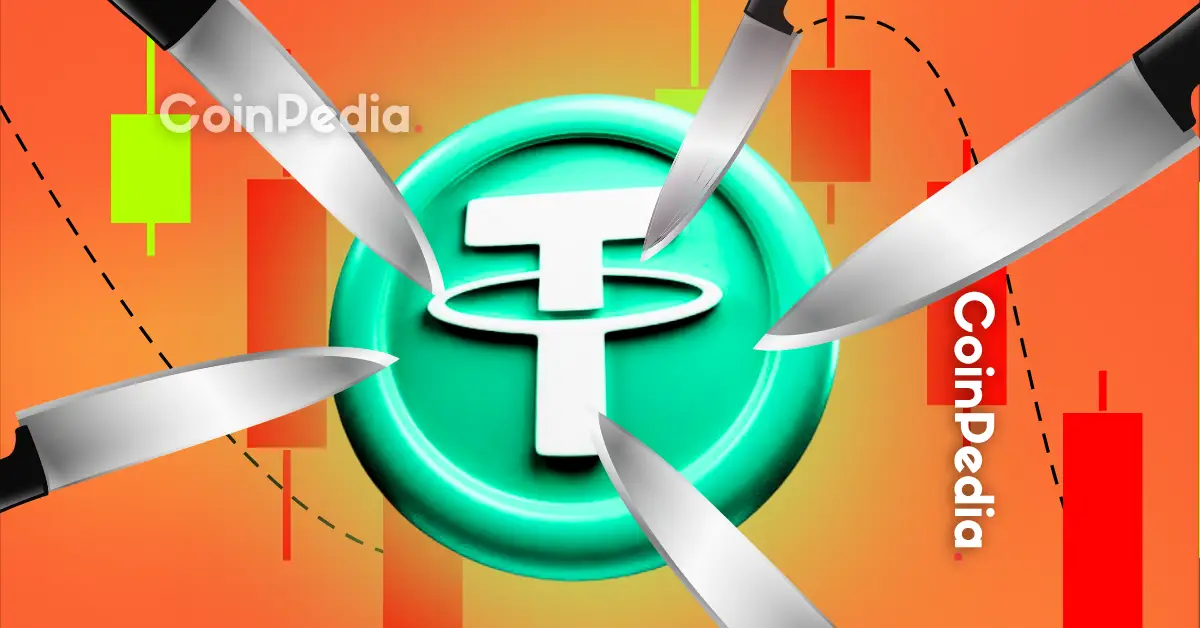
S&P Global Cuts Tether’s USDT Rating: What You Need to Know
In a groundbreaking update for the cryptocurrency world, S&P Global Ratings recently downgraded Tether’s stablecoin (USDT) to its lowest possible stability rating of 5, labeled as “Weak.” This significant development raises concerns over USDT’s reserves and stability, which could have major implications for users and markets globally.
Why Was Tether’s USDT Downgraded?
According to S&P, the key reasons behind the downgrade include increasing reserve risks and lack of transparency. Tether’s growing high-risk asset portfolio—comprising Bitcoin (BTC), gold, corporate bonds, and other loans—has expanded from 17% to 24% of its reserves in just one year. This rise in riskier holdings puts USDT’s ability to maintain its dollar peg under scrutiny, especially during periods of market volatility.
Shanaka Anslem Perera, a noted analyst, highlighted the seriousness of the situation by stating, “The volatile asset exceeds the cushion meant to absorb its fall.” In simpler terms, if Bitcoin drops significantly, Tether could face issues with its collateral, threatening the stability of its $184 billion ecosystem.
Lack of Transparency: A Persistent Challenge
S&P also drew attention to Tether’s persistent transparency gaps. Despite years of criticisms from regulators, the company still fails to provide full audits or clarity on custodians, counterparties, or asset segregation. These shortcomings raise additional questions about what could happen if USDT became insolvent.
Market Impacts and User Consequences
Tether’s USDT is the backbone of global cryptocurrency trading, clearing over $100 billion in daily transactions across centralized exchanges (CEXs), decentralized finance (DeFi), and emerging markets. From Lagos to Caracas, millions of users rely on USDT as a stable store of value due to local currency devaluation, but they may be unaware of the latest risks highlighted by S&P’s assessment.
CEO Paolo Ardoino reacted defiantly, dismissing the downgrade and framing it as a badge of honor. However, analysts like Perera believe this could be a pivotal moment for the crypto industry to reconsider its dependence on USDT.
Conclusion: What This Means for Stablecoin Holders
Whether you’re a seasoned trader or a casual crypto user, it’s critical to understand the risks associated with the stablecoins you use. Diversifying into other stablecoins or alternative financial instruments might be a prudent strategy as concerns around USDT’s stability grow.
For those looking for safer alternatives, consider exploring stablecoins with strong audit practices like Circle’s USDC, which emphasizes transparency and compliance. Learn more about USDC here.
Stay Updated on Cryptocurrency Trends
As the digital asset space continues to evolve, staying informed is essential. Follow reliable news outlets and conduct thorough research before making investment decisions.




